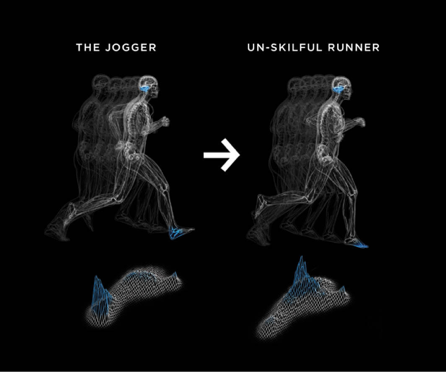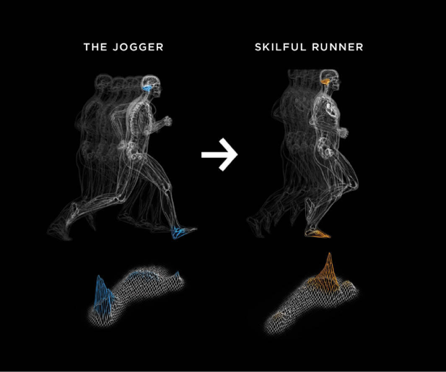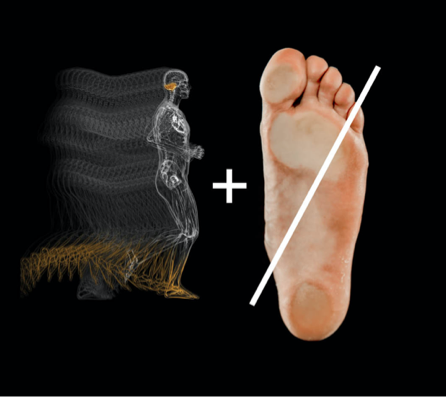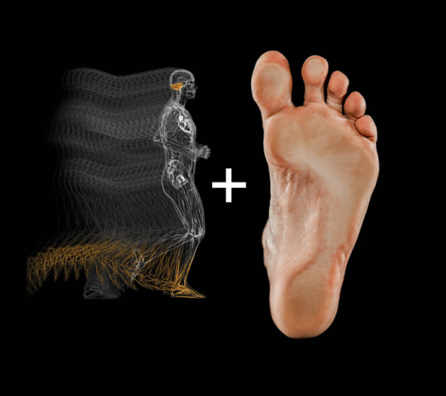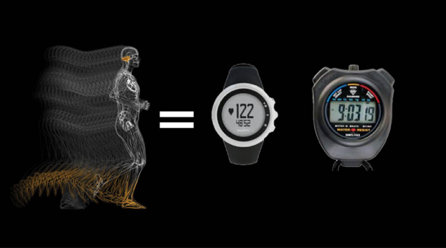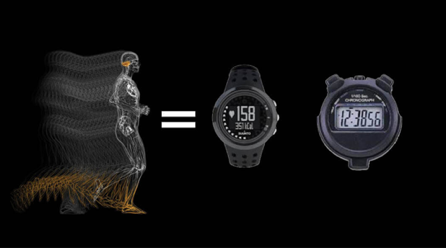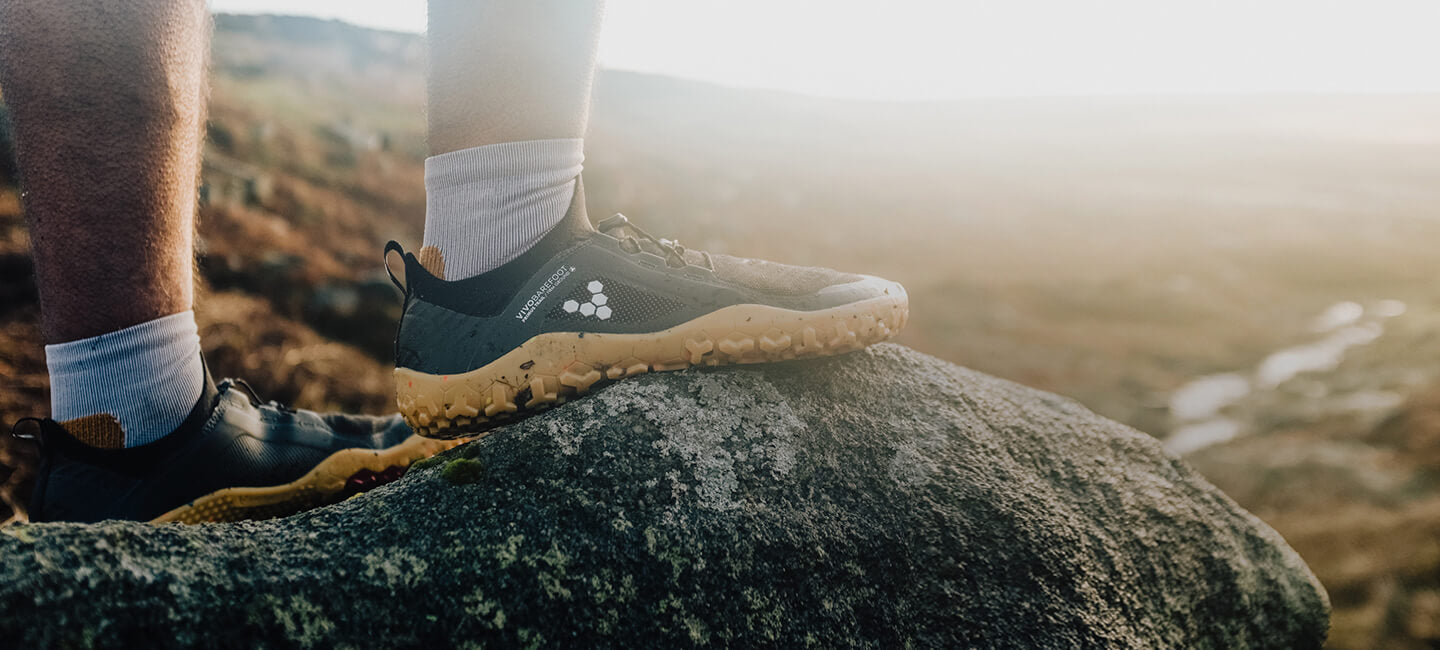
THE PERFECT SHOE IS PERFECT FOR FEET
THE HUMAN FOOT IS AN EVOLUTIONARY MASTERPIECE
The natural foot is wide (fan shaped), flexible (with three dynamic arches) and sensory (with thousands of nerve endings)
-
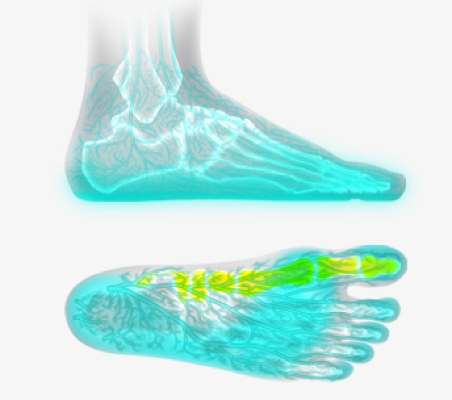
SENSORY
The part of the brain that gets information from the feet is the same size as the part of the brain that gets information from the hands. Take away this feedback and the brain gets confused, resulting in unskilful movement and pain.
REFERENCES
The role of plantar cutaneous sensation in unperturbed stance
Modified pressure distribution patterns in walking following reduction of plantar sensation -
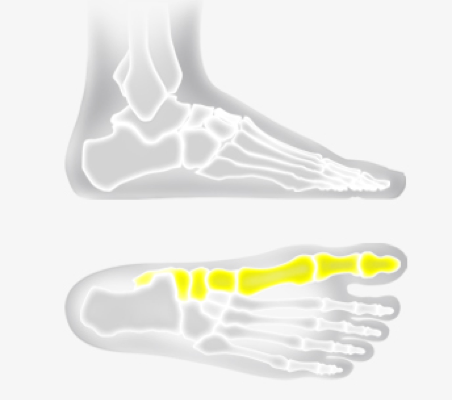
STABLE
The foot is the body’s base of support. The arches act like springs and when ‘unloaded’ the intrinsic muscles and ligaments provide arch support. When ‘loaded’ the arch collapses and the ligaments, muscles and tendons provide elastic recoil. When running, your body needs to absorb 2x your body weight in shock. The arches and ankle are designed to absorb 52% of this shock. Take away this - by heel striking - and that ’shock’ needs to be absorbed by the knees and hips.
REFERENCES
-
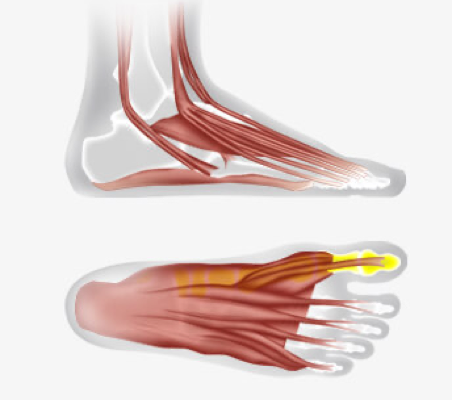
STRONG
The rocking science of healthy walking: The foot has 3 ‘rockers’ used in walking: the heel rocker, the ankle rocker, and the forefoot (big toe) rocker. The flexibility and strength of the big toe is crucial for healthy, natural locomotion, the human foot is designed to push off from the ball and big toe (the axis of leverage).
It’s all about the big toe!
REFERENCES
SENSORY, STABLE AND STRONG
Share information about your brand with your customers. Describe a product, make announcements, or welcome customers to your store.
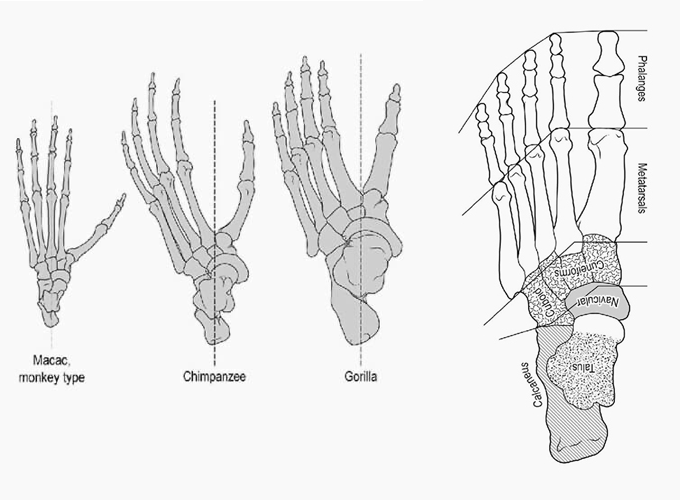
EVOLUTION OF THE FOOT
The human foot has evolved from a specialisation in endurance walking and running for hundreds of generations.
FEATURES OF A HEALTHY FOOT
The 1st and 2nd toe bones are the same length. The Big Toe Bone is straight and used as the body’s anchor and pivot (it is 4 x the thickness and density of the other toes). A flexible, strong Talus that ‘unlocks’ the foot for compliance (shock absorption) and ‘locks’ the foot for stiffness (rigid lever).
SHOES SHOULD LET YOUR FEET DO THEIR THING
Vivobarefoot aims to make the perfect shoe… perfect for feet
-
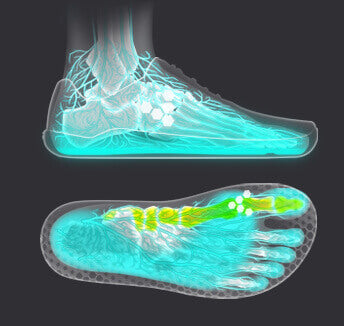
THIN (SENSORY)
Thin puncture-resistant soles allow the 200,000 nerves in each foot to provide your brain with the sensory feedback you need to move with skill. Thick cushioned soles reduce sensory feedback to your brain and don’t allow your feet to feel the ground. Resulting in clumsy unskilful movement like over-striding when you walk or run.
-
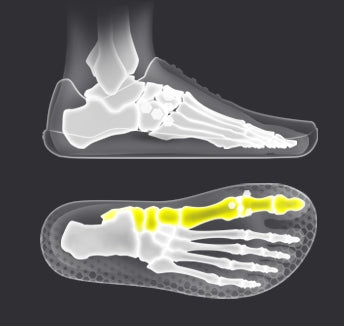
WIDE (STABLE)
Wide shoes allow your toes—crucially, your big toes—to provide a stable base of support.
Tapered narrow shoes give you shoe-shaped feet reducing stability and restricting the natural splay and recoil of toes weakening the muscles and function.
-
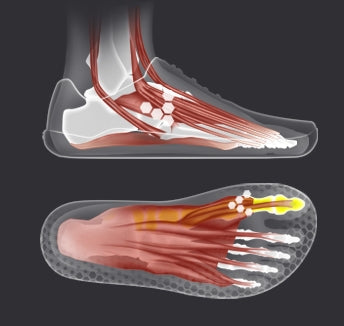
FLEXIBLE (STRONG)
A flexible, wide foot-shaped shoe allows your muscles and tendons to load, splay and recoil putting a natural spring in your step. Supportive and/or rigid shoes cramp your feet and restrict the natural range of movement weakening the muscles and fascia.
ALL INDIGENOUS SHOE MAKING WAS SIMPLE BAREFOOT SHOEMAKING
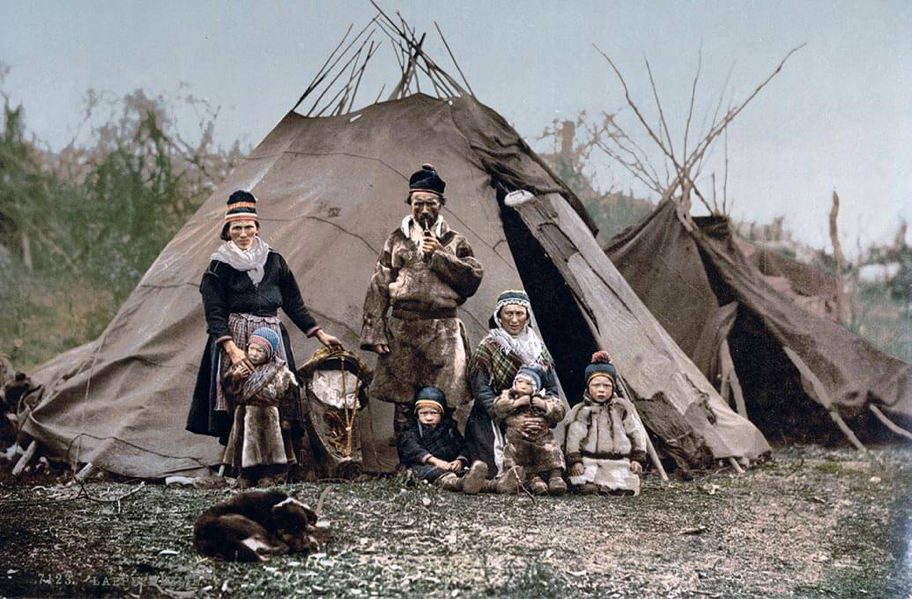
-
SHOES ARE PART OF OUR EVOLUTIONARY HERITAGE
The first shoes worn by humans were sandals created by Africans more than 40,000 years ago. Made from thick antelope skin, they were used to protect humans from desert thorns while they were persistent hunting (running down antelopes to the point of exhaustion on the hard based African Savannah). Bushmen living in the Kalahari still make and use these sandals persistent hunting today.
All indigenous shoe making was simple barefoot shoe making. Thin soled, wide and flexible to allow the foot to do its thing. From African sandals to Apache leather moccasins to the Reindeer boots made by the Saami in the Lapland (that are the lightest and warmest boots ever invented).
-
SHOES PROTECT US FROM CUTS AND COLD - THAT'S IT!
Modern shoes try to manipulate the natural foot and movement techniques with variations of two main "technologies"; Motion Control and Shock Absorption.
Trying to use your feet in an unnatural way will logically lead to injuries which is exactly what modern shoes do. It is also why, even after 60 years, there is no evidence that underfoot technologies reduce injuries at all. In fact, there is little understanding of these injuries. We are more than likely to injure ourselves on soft surfaces than hard surfaces - whatever type of shoe you are wearing. Soft surfaces reduce elastic recoil and create excesive muscle activity, which is the major source of injuries.

SHOES CAUSE FOOT PROBLEMS
Changes in software (the way we move) and hardware (the shape of our bodies and feet) are evident when comparing habitually shod populations to habitually barefoot populations. The habitually shod foot has weaker intrinsic muscles and ligaments with less plantar fascia. When the arch collapses, the muscles and tendons provide less elastic recoil - possibly leading to injuries.
Common problems in shod populations are Morton’s Foot (where the big toe has receded behind the second toe) and Bunions (where the big toe joint is deformed). 30% of people are born with Morton’s Foot, many will develop it through their life because of poor shoe design.
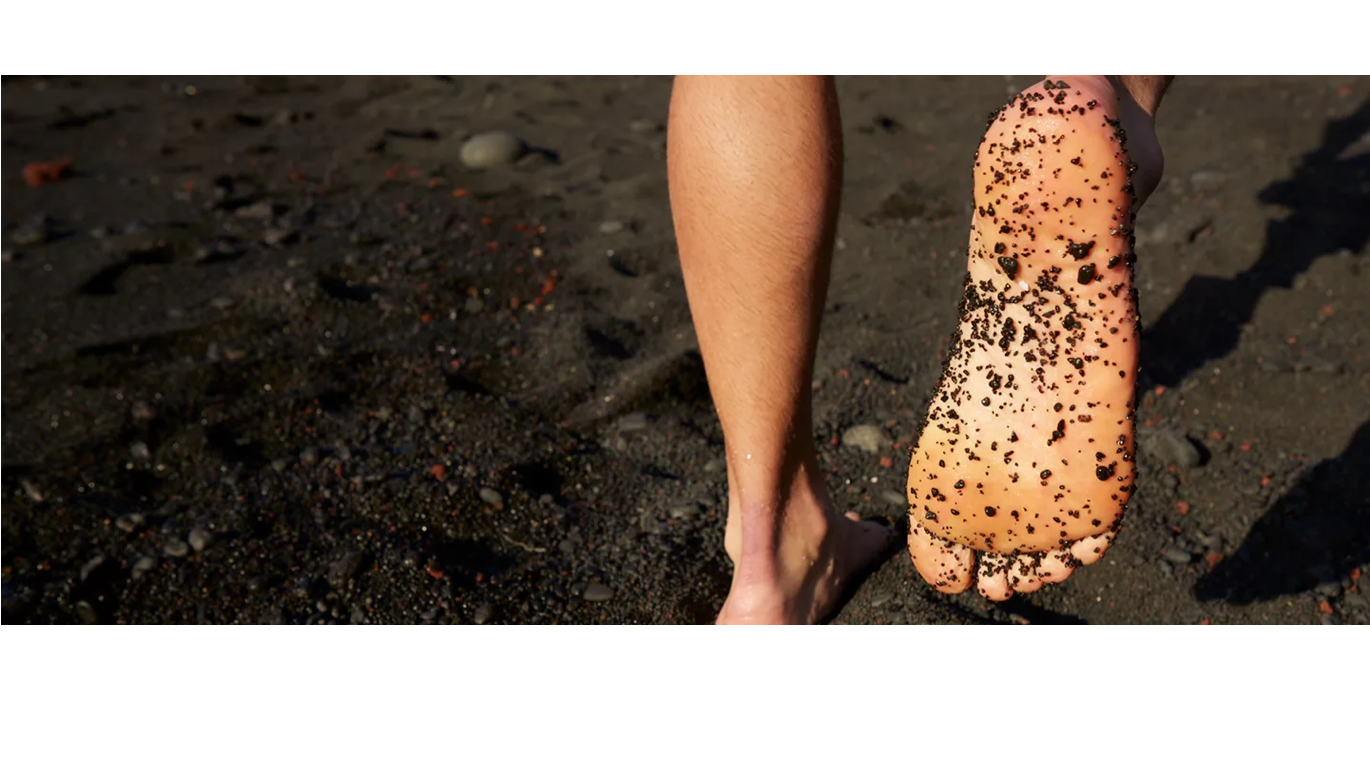
MOVEMENT IS A SKILL
MOVE MORE
Re-learning natural movement: walk before you can run
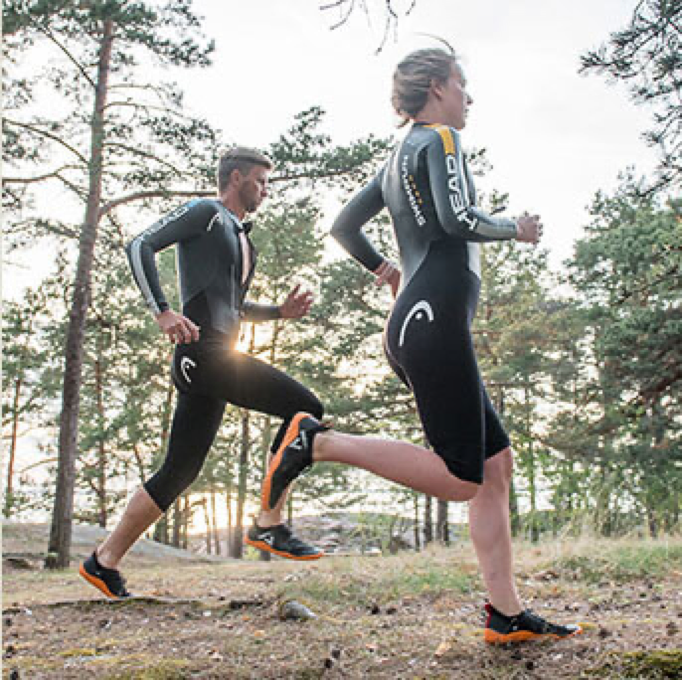
-
DIFFERENT FORCES, DIFFERENT SHAPES
Humans, like other animals, create different shapes (kinematics) as the speeds and hence the forces (kinetics) change. Humans naturally display three forms of locomotion: walking, running and sprinting. Each form has a distinct biomechanical characteristic in terms of posture and the loading of the bodies structure. Sensory feedback from the feet (sensory loop) informs the brain of the forces encountered and triggers a change to the most appropriate form of locomotion.
Take away this feedback (by wearing padded ‘normal-shaped’ shoes) and the brain finds it harder to make appropriate shapes (which is why so many people move so awkwardly - walking or running). This disconnect created by padded shoes will lead to a person striking the ground harder (brain in search of information) and with an over-stride, whether walking or running.
-
SHOES PROTECT US FROM CUTS AND COLD - THAT’S IT!!
The foundation of movement skill is proprioception. Take away that and unskilful injurious movements result. Running (and walking) is a macro skill made up of a series of micro skills (the motor skill milestones). A baby needs to learn how to sit before they can crawl, stand walk and ultimately run. It is the same with re-learning natural movement: walk before you can run! Skilful running as Vivobarefoot guides is fundamentally based on 3 things:
- Posture (upright)
- Rhythm (very quick leg cadence, around 170 to 185 steps per minute)
- Relaxation (movement is a subconscious skill that should be in your animal brain - relax and enjoy!)
Foot strike is irrelevant, a bad coaching cue and if posture, rhythm and relaxation are right then foot strike will take care of itself.
THEORY 1
BAREFOOT RUNNING WILL TRANSFORM YOU FROM AN INJURED OVER-STRIDING JOGGER TO A SKILFUL, FOREFOOT STRIKING TARAHUMARA
In practice: Running barefoot and only changing your foot strike will only make you an over-striding forefoot runner.
Start slow with lots of small steps, uptight posture (head over hips and feet) and relax (there's no rush!). Running technique (like every other sports technique) becomes a deeply embedded habit which is virtually impossible to change without coaching.
Pain (running without shoes on a hard surface) will modify movement (heel strike to forefoot strike) but rarely creates skilful movements.
THEORY 2
BAREFOOT RUNNING WILL CURE ALL MY CHRONIC RUNNING INJURIES
In practice: The effectiveness of running technique on reducing chronic injuries is directly influenced by the structural stability of the foot. The forces encountered whilst running do not magically "disappear" when you change your technique.
Skilful, forefront running reducing joint torques at the knee, hip and lower back but increases them at the foot and ankle joints. If you are going to run like a natural/ habitual barefoot runner you need to possess feet like a natural/ habitual barefoot runner - strong, flexible and stable. Practice toe-ga and squatting to accelerate your foot and ankle health.
THEORY 3
BAREFOOT RUNNING TECHNIQUE WILL MAKE ME A MORE 'EFFICIENT' RUNNER
In practice: Changing technique is never a 'quick fix' in any sport. Initially you will be running outside your comfort zone, mentally and physically which normally translates to a greater perceived effort, higher heart rates, shorter distances and slower times until you have fully adapted to a new technique.
'Economy' and 'Efficiency' are often used interchangeably in the media and in academic literature but they mean very different things. 'Economy' refers to the metabolic cost (energy) of getting from A to B. Efficiency refers to how much of the metabolic cost was productive- for example, speed/ time of getting from A to B. Changing your running technique will influence both Economy and Efficiency (but not necessarily for the better at first!).







